Sergey M. Drobenkov
Institute of Zoology of National Academy of Sciences, Minsk, Belarus
Present address: Institute of Zoology of NAS, Akademicheskaya St., 27, 220072, Belarus
Introduction
The range of distribution of the European pond turtle (Emys orbicularis L., 1758) extends to the southern part of Belarus, including the extensive Polesye Region with its numerous and diverse wetlands, ponds, rivers and forests. Currently, this turtle is known only in the south and southwest part of Belarus in the basins of the rivers Pripyat, Dnepr, Western Bug and the Neman River (Fig. 1). The nominative subspecies of this species, Emys orbicularis orbicularis, is found in this area. It is characterised by its very large body size, black or dark coloration, indistinct shell patterns, and specific body proportions (Fig. 2).
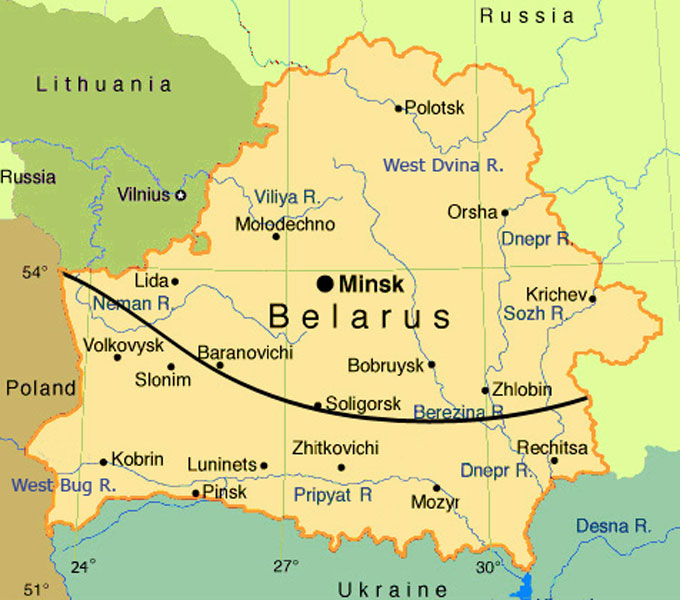
Fig. 1. Current border of geographical range of Emys orbicularis in Belarus.
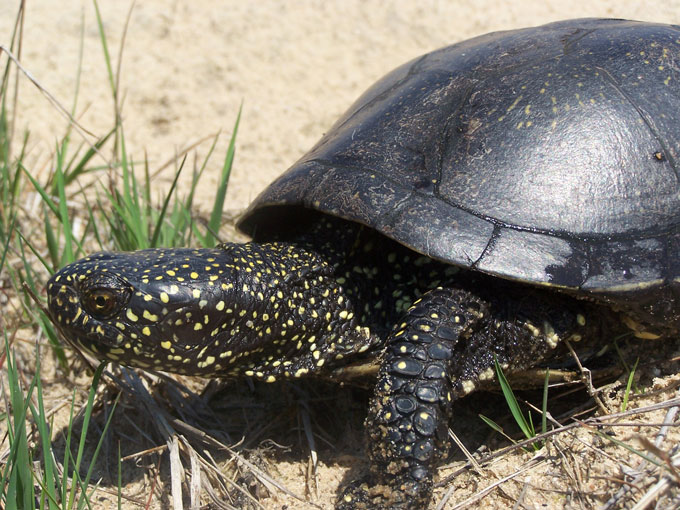
Fig. 2. The nominative sub-species Emys orbicularis orbicularis which is present in Belarus.
The aquatic habitat of this turtle is provided by a variety of natural and artificial shallow stagnant ponds or slow flowing streams, such as small lakes, lowland bogs, fish ponds, drainage channels and forest rivers. Warm, shallow ponds with still or slowly running water are their optimal habitat. During the summer season the ponds grow rich with life and vegetation. The highest numbers of pond turtles are located in wetlands, fishing ponds and woodland rivers. These habitats have a relatively stable water level, good food supply, high marginal vegetation and warm microclimate. The species avoids open areas, ponds that dry up periodically, and high disturbance by man. The hibernation of E. orbicularis in Belarus takes place in the same summer ponds which in winter become partly or completely covered by ice. Sometimes in autumn the turtles have been found in humid soil on the peat bogs near to ponds.
Open, warm, sandy hills, rising above the neighbouring landscapes, are the preferred nesting habitats of these turtles; however, they are very rare in the area. The aim of this research was a thorough investigation of the ecological parameters of the breeding habitats and reproductive characteristics of this emydid species in southern Belarus.
Results and discussion
Our research shows that the reproductive biology of the turtle in this area possesses various ecological and behavioural features which are determined probably by a cold climate and the particular environmental conditions (Drobenkov, 1999; 2000). In the few favourable terrestrial sites, from 5-15 up to 50-70 females lay their eggs, while very large breeding populations of around 250-300 turtles congregate in the best localities.
Recent estimates suggest that one of the biggest Belarussian populations is located in the central part of the Polesye Region, in the Pripyat River basin (Fig. 3), and is composed of around 6-7,000 individuals (Red Data Book of the Republic of Belarus, 2004). A large turtle population also occupies the Polesskiy Reserve, established after the accident in the Chernobyl atomic power station, in southwest Belarus (Drobenkov, 1998). The numbers of this population have increased a great deal during the last 20 years, since the area was made into a reservation; however, the turtles inhabit an area heavily polluted by nuclear radiation.
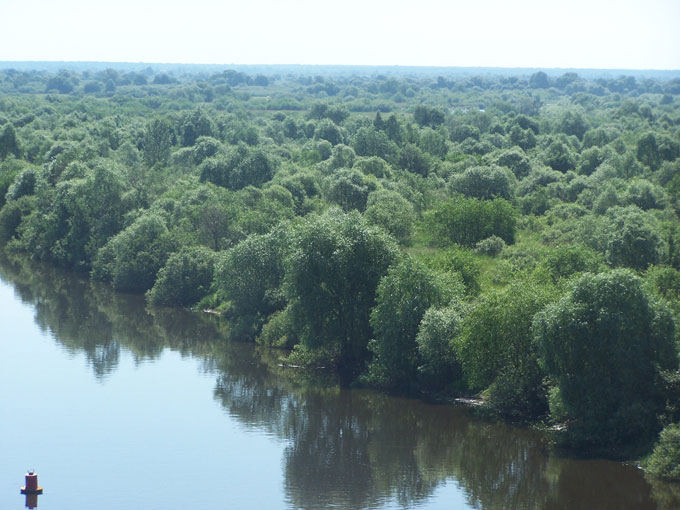
Fig. 3. The Polesye region, where one of the biggest Belarussian populations of E. orbicularis is located.
As breeding habitats in the Polesye Region, the pond turtle uses small sites of open, sandy hills or moraine ridges facing south or southeast, from 1-2m up to 13-17m in height (Fig. 4). Generally, such areas are covered with grassy vegetation; only rarely one comes across areas of pines (Pinus silvestris) within this dry grassy vegetation. The ground temperatures in the turtle nests during an incubatory season, between mid-May and mid-August, range from 18°C up to 30°C (average around 25-29°C).
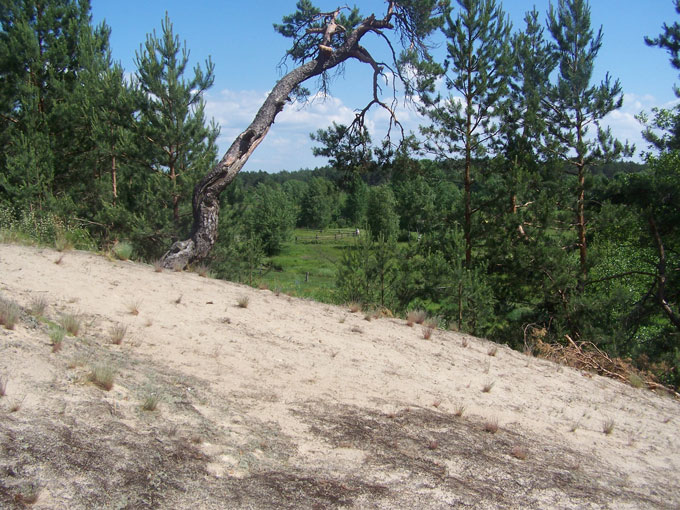
Fig. 4. Common collective nesting habitat of E. orbicularis by a small river valley attracting around 13-15 females annually.
Favourable egg-laying localities overall in this marshy forest region are very rare and distances between nesting areas and the usual turtle ponds are often very considerable. For this reason, females make annual migrations from their aquatic sites to the open hills and back. The distance of such journeys is from 120-200m up to 600-800m, and exceptionally even 2-3.5km. The E. orbicularis reproductive cycle in south Belarus varies between one and two clutches. The first egg-laying period is from the end of May until the second week of June for all the females, whereas the second nesting period was recorded only for 15-20% of females in the first part of July . Some days before nesting the females start to move purposefully overland from ponds and rivers to breeding sites (Fig. 5). Field observations of marked animals show that in nesting migration the females travel up to 2-3km or more, taking from 2-5 hours up to 2-5 days. If the distance between their aquatic habitat and the nesting site is not more than 300-400m, the females make this short journey in a single day, taking up to 3-4 hours. Migrations to more remote nesting sites start some days before the egg-laying begins. During this pre-nesting period the females move across various surrounding ponds and terrestrial areas. At night they pause for a short time for rest at the bottom of ponds or in moist sites. In the closest breeding areas the process of the egg-laying takes 4-6 hours (Fig. 6). The female leaves her native pond in the afternoon, lays the eggs at dusk or early in the night, and comes back to the water late at night or during the next day. It should be noted that some females linger for some days on the sandy hills and hide in small ponds or bushes in the afternoon.

Fig. 5. During long migrations to their breeding habitats, females often cross country roads, agricultural fields and open meadows.
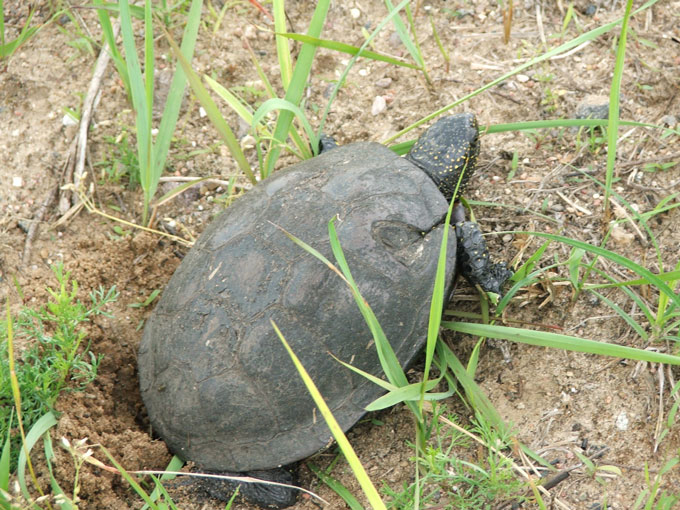
Fig. 6. Females lay their eggs in the evening or early night.
According to our 2001-2008 data, the average number of females in turtle populations in the Polesye Region is around 15-20 (see Table), but some of the most favourable habitats attract 40-50 or even 250-300 individuals. The largest nesting population of E. orbicularis in Belarus, consisting of a maximum of more than 250 females, was found in the southeast of the country, in the Polesskiy Reserve. The breeding area is very limited, so the clutches are densely distributed, and nest density in optimal environmental conditions can reach 2-3/10m².
| Basin | Nesting habitats | Area of nesting habitats, m² | Average nest density,n/100m² | Female numbers |
|---|
| The Tremlya River | 11 (29.8%) | 90-3400 | 4.9 | 6-51 |
| The Ubort River | 15 (40.5%) | 65-2200 | 7.0 | 5-73 |
| The Gorin River | 6 (16.2%) | 120-1030 | 1.1 | 3-14 |
| The Sluch River | 5 (13.5%#037;) | 150-1850 | 2.6 | 7-45 |
Table 1. Numbers of the nesting aggregations of the pond turtle in central part of the Polesye Region, south Belarus (watershed of the Pripiat river) between 2001 and 2008.
The breeding habitat acts as a reproductive centre for the micro populations that inhabit one or more ponds in a radius of 1-2km; this could be called a ‘large collective incubator’. All the adult females go annually to a traditional nesting locality. Here the development of hatchlings takes place, and later they begin to disperse into the surrounding area. Most females use only one nesting site and lay their eggs in a radius of 15-50m from the previous year's nest. According to information gathered from local country people, numerous breeding groups of the pond turtle were known on some hills before World War II, i.e. more than 60 years ago.
The incubation period of the pond turtle in Belarus normally ranges from 60 to 65 days. The first hatchlings emerge from their nests at the beginning of August, and the last juveniles leave the nest in the second half of August (Fig. 7). Most hatchlings from the May/June clutches migrate to the ponds towards the end of summer, but some young turtles from later clutches hibernate in sand near the nests and start to move to their aquatic habitat at the end of the following April or the beginning of May. Generally they take a direct route to the nearest water, and disperse into neighbouring ponds which are usually very small (20-30m² or less), and are situated at the base of the hills. The young turtles live in these temporary habitats from 1-5 days up to 1-2 years, but later they find more favourable permanent ponds. Fecundity of the females in the Belarussian population ranged from 9 to 22 eggs.
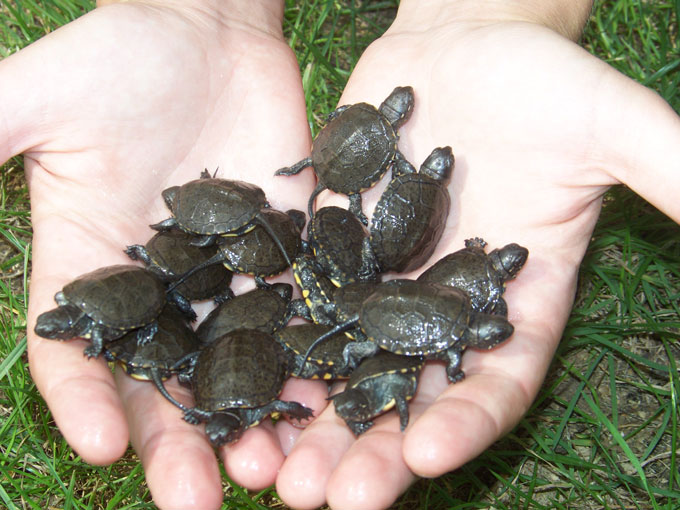
Fig. 7. Egg development is completed at the beginning of August, and many hatchlings may be found throughout the communal nesting area.
Because of the brief egg-laying season (the first clutch period covers only 8-15 days) only the numbers of females in a few neighbouring nesting habitats can be estimated. However, distribution and relative abundance of the breeding populations can be identified over a longer period. Surveys of the turtle territory and searches of reproductive habitats can be conducted using the remains of the nests destroyed by predators. In Belarus, the vertebrate predators (red fox, raccoon, dog, wolf) predate about 40% of the nests and we found destroyed clutches in all the studied breeding areas. Eggshell pieces remain intact for 2-3 months on the soil surface around the nests, so field research of nesting habitats can be continued throughout the summer.
Why collective breeding of this fresh-water turtle occurs in the northern part of its range, and how the females navigate during their overland migrations, are still not clear. One possible cause of the nesting fidelity and regular seasonal migrations is the cold climate and the lack of warm open sites for successful incubation of the eggs in this region on the northern border for the survival of E. orbicularis. Our research indicates that the population of the European pond turtle in the Polesye Region is gradually declining. Although large areas of favourable aquatic habitats for this species still remain in Belarus, reproduction is the critical part of the turtle life cycle, because of a shortage of suitable nesting sites, long land migrations and high local density of nests.
This collective breeding behaviour of the pond turtle was noted almost everywhere in the south of Belarus. Thus, seasonal nesting populations were found in its western part (the Western Bug River basin in the centre (water system of the River and in the east (the Dnepr River). Communal nesting of females is also established in some other areas of the range of E. Similar data have been obtained by M. Meeske (Meeske, 1997a, b) and S. Mirtus (Mirtus, 2006) for the neighbouring territories of Lithuania and Poland.
The most serious threats to the breeding habitats and reproducing population of E. orbicularis in Belarus include:
- Considerable man-made changeof environment or total destruction of nesting sites as a result of destructionof natural landscapes by humans.
- Pressure from egg-eatingpredators, which has increased markedly following wholesale land improvement ofbogs and creation of large agricultural fields.
- Increasing network of roadsand intensive traffic through areas of traditional migrations of female turtlesand the routes taken by dispersing juveniles.
- Incidental or deliberatecatching of females in the breeding habitats.
Due to the influence of these negative factors, the normal reproduction rate of the turtle population does not compensate for the high mortality, and it is gradually disappearing in most areas. In Belarus, one of the most interesting and viable populations of E. orbicularis in eastern Europe has survived. Conservationmeasures are urgently needed all over the region.
At present, the main conservation priority for this population includes the protection ofthe terrestrial nesting habitats in the first instance. To conserve thepopulation, the following actions are required:
- Searching and preservation of the communal breeding areas of the largest female aggregations (20 or more) should be made.
- Prohibition of sand extraction for the building industry and of road construction in the known terrestrial habitats of the turtles, including the hills around the turtle ponds.
- Protective measures for reduction of mammal predation in the collective nesting >encirclement of a nesting area by a line of red deterrent tags, grates on nests, chemical repellents.
Acknowledgements
The author is much obliged to the BCG for supporting this research of the pond turtle in Belarus. We also are grateful to the Rufford Small Grants Foundation, the British Ecological Society and the Linnaeus Fund for their interest and financial support of this work. I wish to pay tribute to Bob Langton for his amendments to the English.
References
Drobenkov, S. M. (1998). Number dynamics of the Pond turtle (Emys orbicularis) in the Polesskiy Reserve. 10 years of PRER, Minsk, Izd. N.B. Kireev, 159-165.
Drobenkov, S. M. (1999). Morphological and ecological features of the Pond turtle (Emys orbicularis) in the northeast part of the range. Problems of Ecology and Conservation of Animals of the Polesye region. Brest, 23-34.
Drobenkov, S. M. (2000). Reproductive ecology of the European pond turtle (Emys orbicularis L.) in the northeast part of the range. Ecology 1: 54-60.
Meeske, M. (1997a). Nesting ecology of European Pond Turtle (Emys orbicularis) in South Lithuania. Acta Zoologica Lituanica. Institute of Ecology. Biodiversity 7: 138-142.
Meeske, M. (1997b). Nesting behaviour of European Pond Turtle (Emys orbicularis) in South Lithuania. Acta Zoologica Lituanica. Institute of Ecology. Biodiversity 7: 143-150.
Mitrus, S. (2006). Spatial distribution of nests of the European pond turtle, Emys orbicularis (Reptilia: Testudines: Emydidae), from long-term studies in central Poland. Zoologische Abhandlungen (Dresden) 55: 95-102.
The Red Data Book of Republic of Belarus (2004). Rare and threatened species of wild animals. Minsk. Belorusskaya Encyclopaedia. 320.
Testudo Volume Seven Number One 2009
Top







